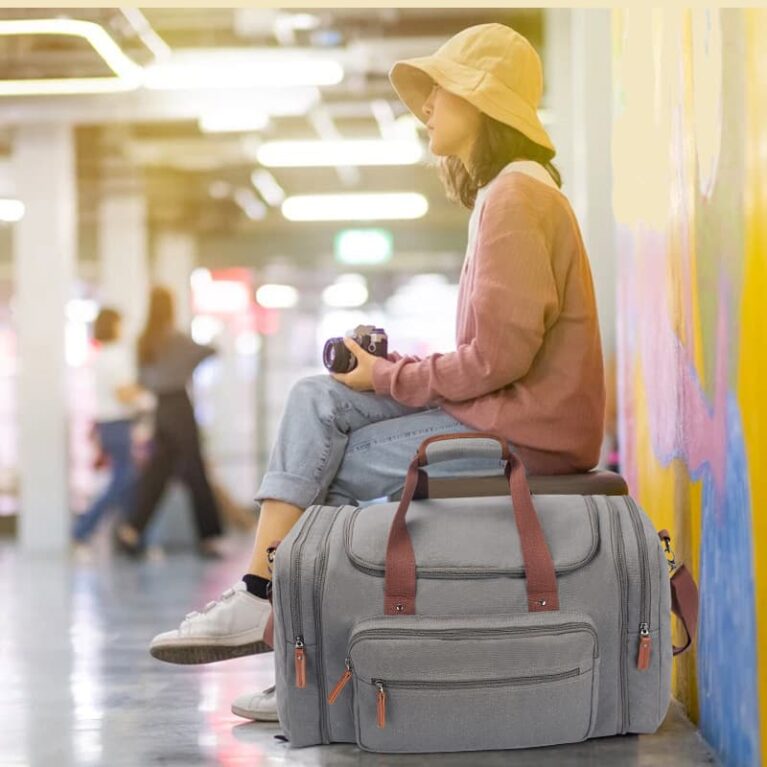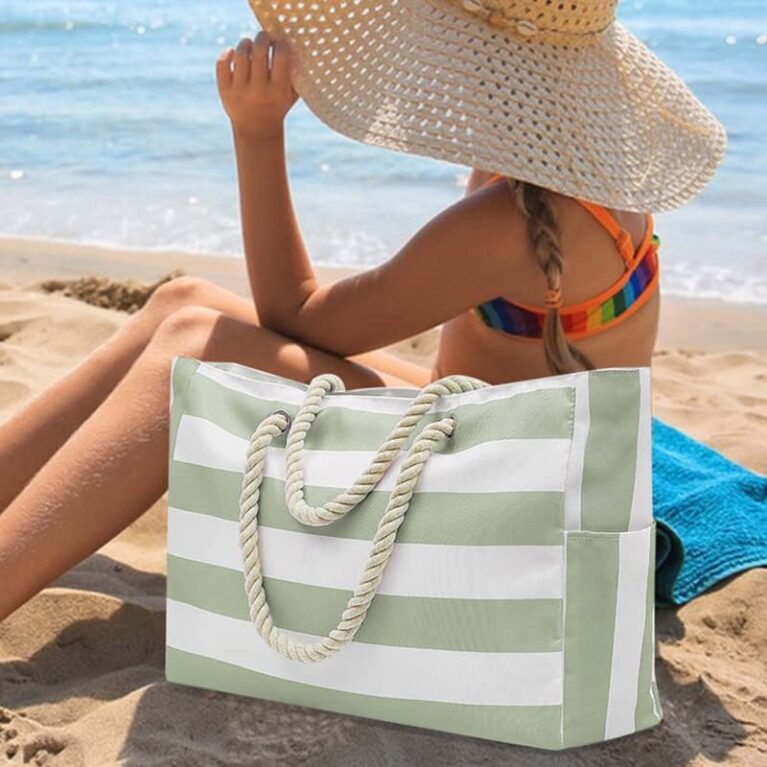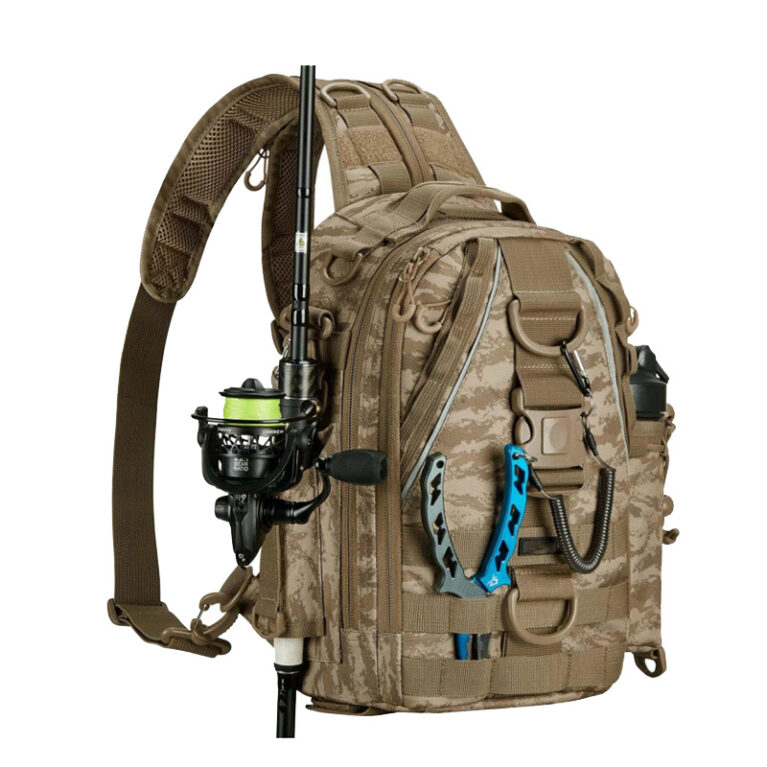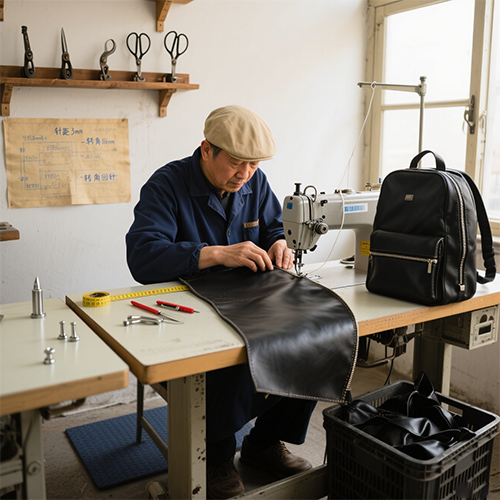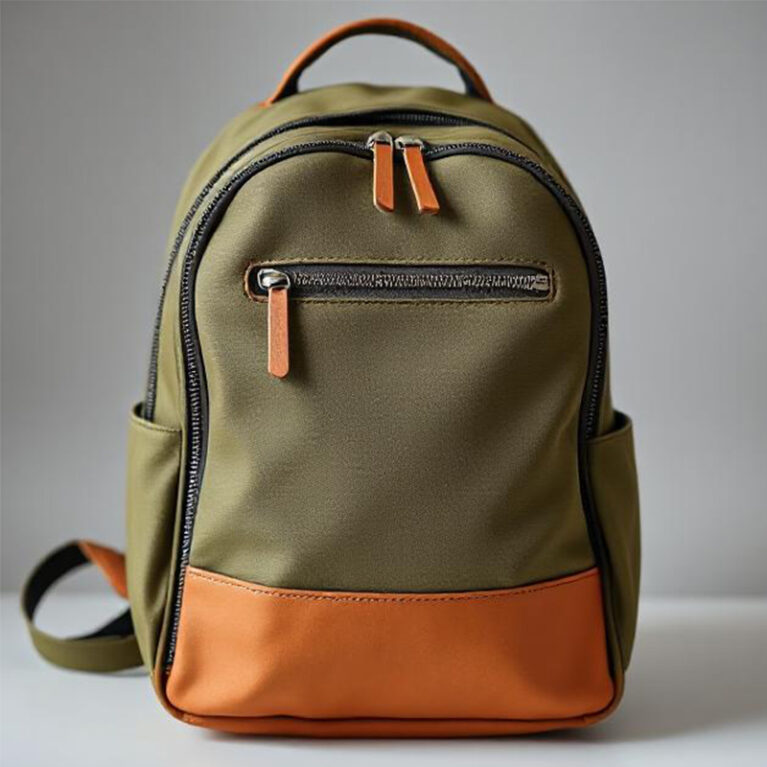When designing or manufacturing a backpack fabric, choosing the right fabric is critical to ensuring durability, comfort and functionality. The fabric you choose affects the performance of your backpack, from its weight and strength to its ability to withstand wear and tear and weather conditions. Whether you are building a backpack for outdoor adventure, everyday use, or tactical purposes, it is critical to understand the properties of various fabrics.
Today, I am exploring the 10 most commonly used fabrics in backpack fabrics to help you make an informed decision about which material best suits your needs and design goals.
The list of top 10 backpack fabrics
1.Nylon
Nylon is one of popular backpack fabrics due to its superior durability and strength. It is resistant to abrasion and tearing, and maintains good abrasion resistance under heavy loads, making it ideal for outdoor use. Its lightweight properties help reduce the overall weight of the backpack, which is essential for comfort on long hikes or trips.
In addition, nylon is water resistant, especially if coated with a waterproof layer. While nylon is not inherently breathable, its flexibility and strength make it suitable for a wide range of backpack designs, striking a balance between durability and weight. These properties make it the preferred choice for backpack manufacturing.
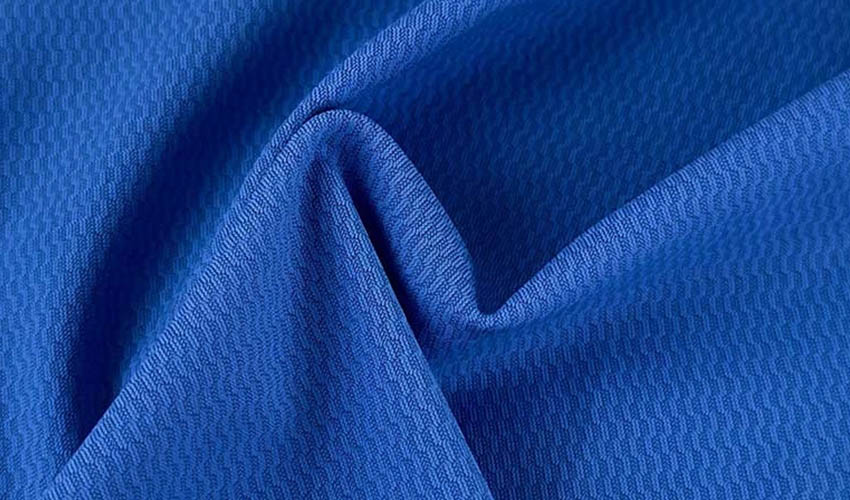
2.Canvas
Canvas is a popular backpack fabric for its durability, strength and versatility. Its tightly woven construction (often made of cotton or cotton blends) provides excellent tear resistance and resistance to heavy use, making it ideal for rugged outdoor activities.
Canvas is moderately breathable, allowing for a degree of air circulation that enhances comfort for extended periods of wear. However, the weight of canvas is a drawback as it is heavier than synthetic materials such as nylon.
While canvas is inherently less waterproof than synthetics, it can be treated with waxes or coatings to improve water resistance, although it may not perform as well as a fully waterproof material. Canvas is strong enough to support heavy loads and ensure its longevity.
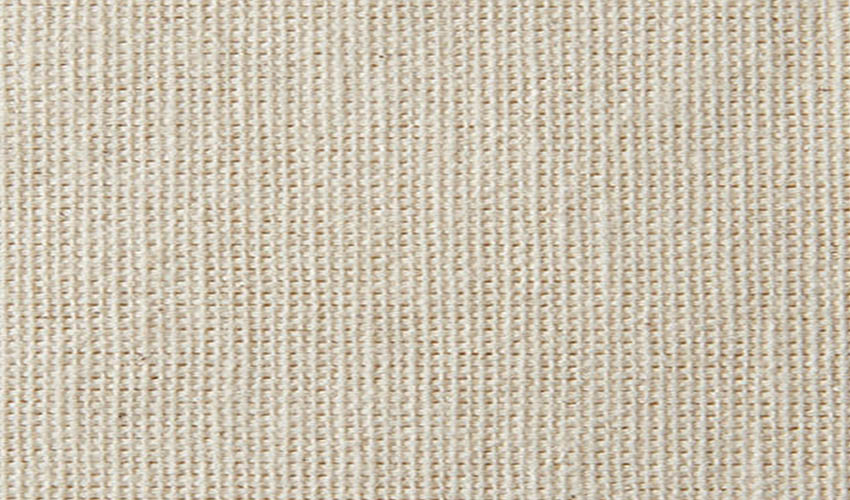
3.Polyester
Polyester is commonly used to make backpacks due to its good durability and resistance to abrasion. It can withstand harsh environments well and is suitable for daily use and outdoor activities. polyester also has lightweight properties for a more comfortable backpacking experience.
Although polyester itself is not waterproof, it can be treated with a waterproof coating to improve its moisture resistance. This fabric is not very breathable, but its strength, UV resistance and good conformability make up for it. These properties make it an affordable and reliable choice for backpack production.
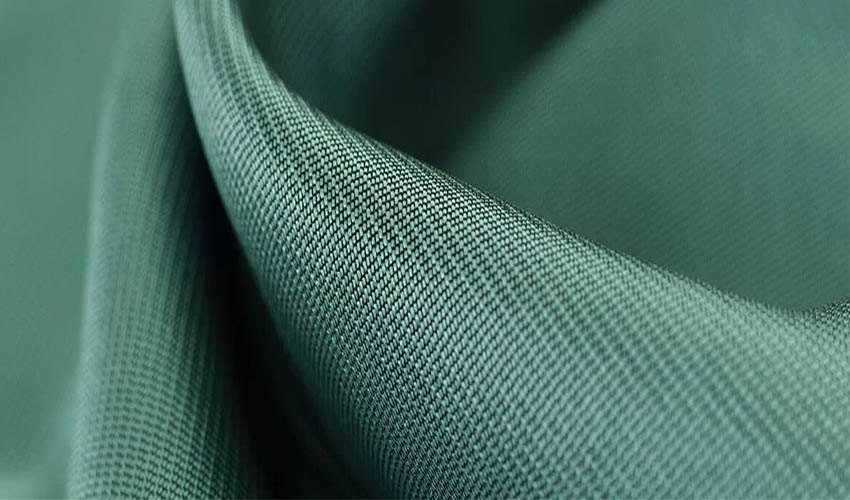
4.Cordura
Cordura is widely used in backpacks for its superior durability and strength. Known for its tight weave, this high-performance nylon fabric is resistant to abrasions, tears and scratches, making it ideal for harsh outdoor environments.
Its rugged construction is able to withstand heavy loads, ensuring long-lasting durability even in harsh conditions. Compared to canvas, Cordura's lightweight nature enhances portability without sacrificing toughness.
While not naturally waterproof, Cordura can be treated with a coating to enhance moisture resistance, although it may not be as good as a fully waterproof material. It is moderately breathable, balancing comfort and durability.
Cordura is also resistant to UV damage and fading, making it suitable for extended outdoor use and maintaining its functionality and aesthetics over time.
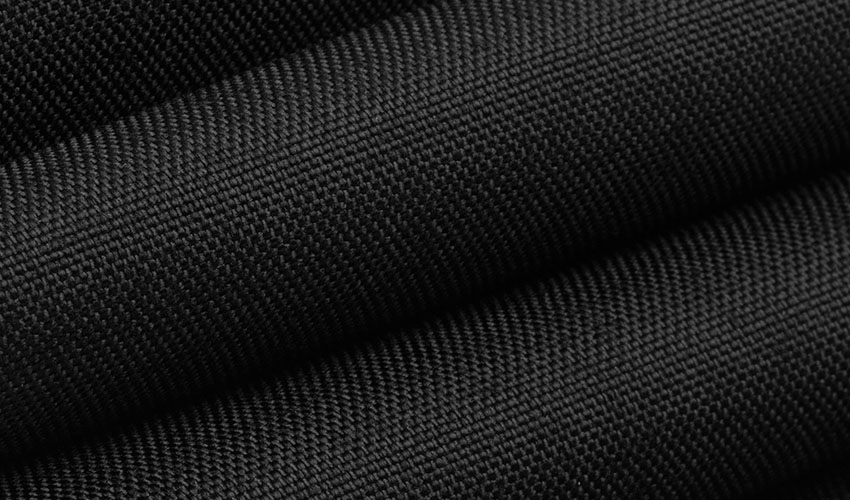
5.Ballistic Nylon
Ballistic nylon is used to make backpacks because of its superior durability and strength. Originally developed for military gear, it is extremely abrasion, tear and puncture resistant, making it ideal for heavy-duty and tactical backpacks. Its rugged properties ensure that it can withstand harsh environments without compromising the integrity of the backpack.
While ballistic nylon is not naturally waterproof, it can be treated to be water resistant. It is relatively heavy compared to other fabrics, but offers unrivaled protection and durability. Its strength and resilience make it ideal for use in harsh environments or for backpacks that require high impact performance.
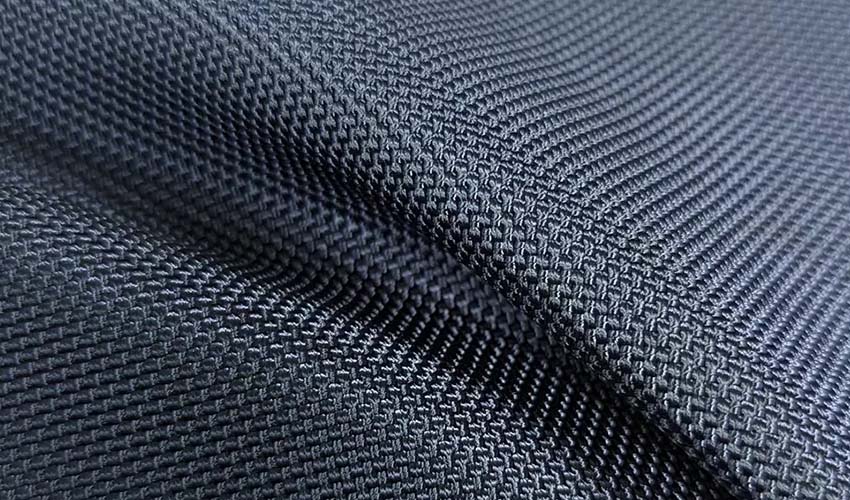
6.Dyneema
Dyneema is highly sought after by backpacking enthusiasts for its excellent strength-to-weight ratio, making it one of the toughest fibers on the market. This ultra-high molecular weight polyethylene material is extremely lightweight, making it ideal for reducing the weight of your pack without sacrificing durability. Its high tensile strength resists tearing and abrasion, making it ideal for harsh outdoor environments.
Dyneema is naturally waterproof and provide excellent protection against moisture, but are not completely waterproof unless treated. Its low stretch makes it stable under heavy loads.
However, Dyneema have limited breathability, which may affect their comfort in warmer environments. the UV resistance of Dyneema ensures long-lasting durability, making them a top choice for high-performance backpacks, despite their higher price.
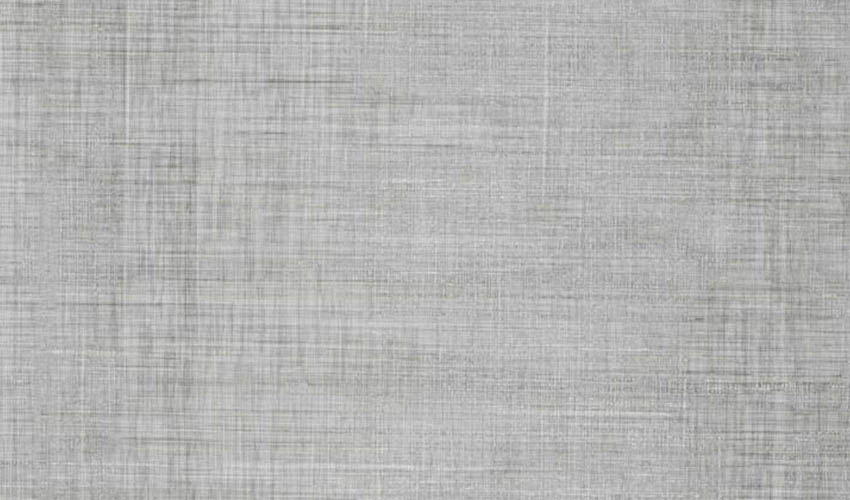
7.Ripstop Nylon
Ripstop nylon is favored by backpacks for its high durability and tear resistance. The unique weave of this fabric incorporates reinforcing threads that prevent the spread of small tears. This makes it ideal for outdoor and tactical backpacks that may be used in harsh conditions.
It is lightweight, which helps reduce the overall weight of the backpack without sacrificing strength. Not only is ripstop nylon waterproof, it can also be treated to enhance water resistance.
While not as breathable, its strength, abrasion resistance and flexibility make it a solid choice for durable and practical backpacks in a variety of environments.
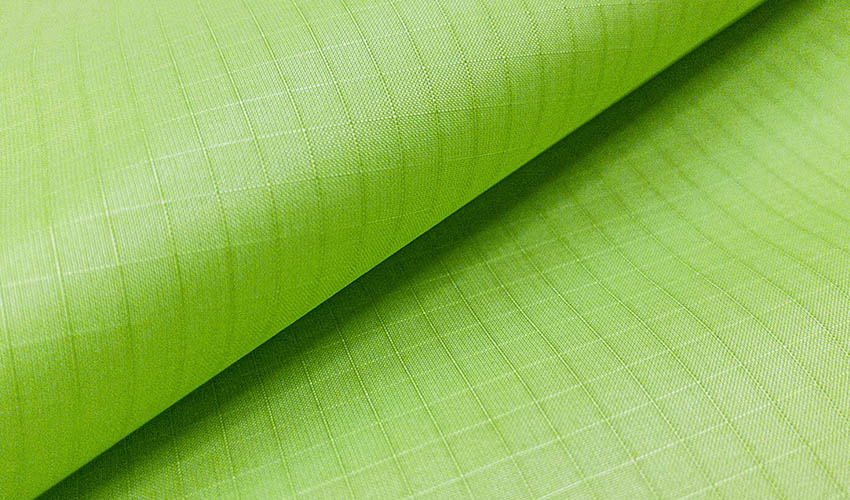
8.X-Pac
X-Pac is a high-performance multilayer fabric commonly used in outdoor gear, including backpacks. It is a composite material made of multiple layers bonded together, typically including polyester fibers, nylon, and a waterproof membrane. This construction provides superior durability, waterproofing and abrasion resistance.
X-Pac is also known for its lightweight and high strength-to-weight ratio. It is highly resistant to tearing and stretching, making it ideal for harsh outdoor environments. Its unique design improves stability and weatherproofing, making it a popular choice for tactical, hiking and adventure backpacks.
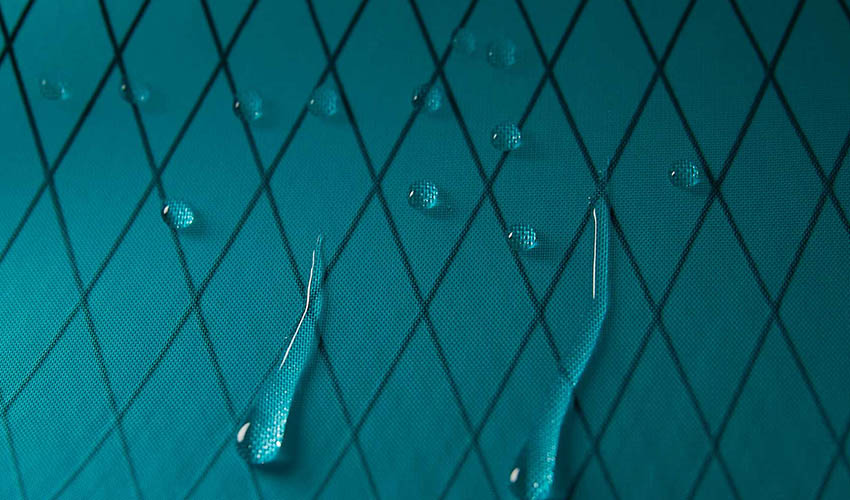
9.Gore-Tex
Gore-Tex is used in backpacks for its superior waterproof and breathable properties, making it ideal for outdoor use in inclement weather. Its membrane technology effectively blocks water while allowing vapors to escape, keeping items dry and reducing internal moisture buildup.
This ensures comfort and gear protection during extended use, and Gore-Tex is lightweight and portable, adding little bulk, and its durability makes it effective against wear and tear. So it is one of good backpack fabrics.
While Gore-Tex is not as rugged and load-bearing as materials such as Dyneema or Cordura, its flexibility and weather resistance make it an ideal choice for a weatherproof liner or outer layer. Its UV resistance and long-lasting durability make it a premium in performance backpacks.
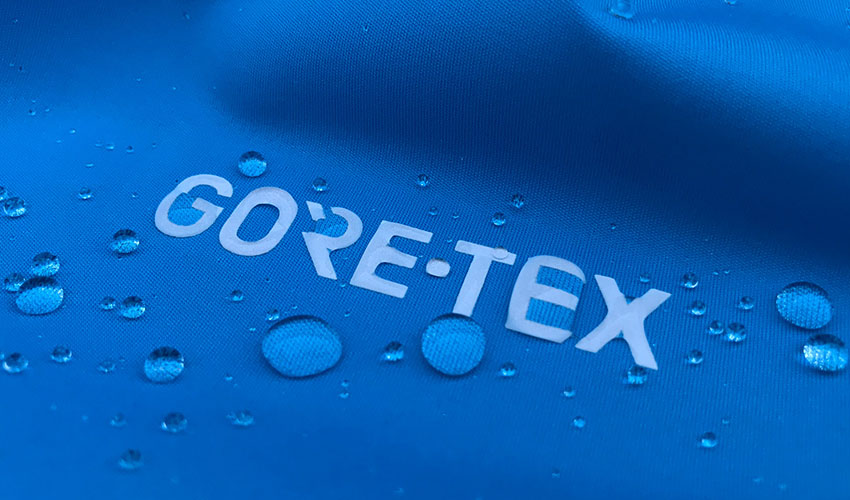
10.Oxford Fabric
Oxford fabric, usually made of polyester or nylon, is commonly used in backpacks for its durability and strength. Its unique basketweave structure enhances tear and abrasion resistance, making it suitable for use in harsh environments.
This fabric is medium weight and combines portability and ruggedness to withstand moderate to heavy loads without being bulky.
Oxford is not inherently waterproof, but can be coated with polyurethane or polyvinyl chloride (PVC) to enhance its waterproofing properties, although it may not perform as well as Gore-Tex. Oxford has limited breathability, which reduces comfort in warmer environments.
The affordable price of Oxford combined with its UV resistance and versatility, makes it an affordable choice for a durable, practical backpack.
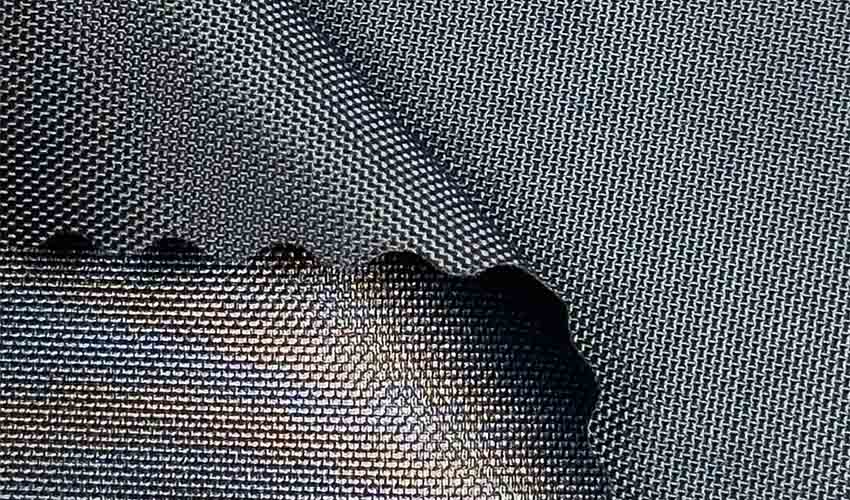
Here is a table summarizing the key characteristics of 10 backpack fabrics:
| Fabric | Durability | Water Resistance | Weight | Breathability |
| Nylon | High | Water-resistant (coating) | Lightweight | Low |
| Canvas | Medium to High | Moderate (unless treated) | Medium | Moderate |
| Cordura | Very High | Water-resistant (coating) | Medium to Heavy | Low |
| Ballistic Nylon | Very High | Moderate (coating) | Heavy | Low |
| Polyester | Medium to High | Water-resistant (coating) | Lightweight | Low |
| Dyneema | Very High | Waterproof | Very Lightweight | Low |
| Ripstop Nylon | High | Water-resistant (coating) | Lightweight | Low |
| X-Pac | Very High | Waterproof | Lightweight to Medium | Low |
| Gore-Tex | High | Waterproof | Medium | High |
| Oxford Fabric | Medium to High | Water-resistant (coating) | Lightweight to Medium | Low |

